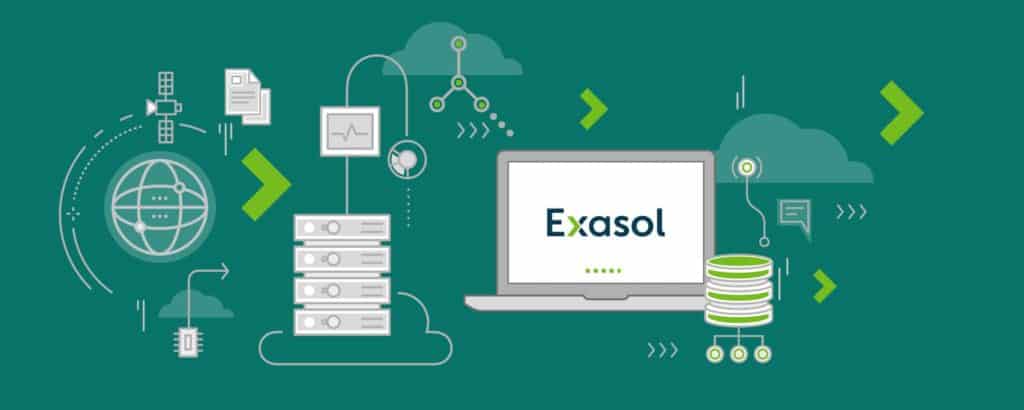For most people, the pain of change is greater than the pain of the same – even if the same doesn’t work for them
What causes people to buy a new product or service, especially when they have already invested in a similar one? For example, let’s take the case of analytic database technology, a subject clearly close to my heart. Most organisations out there have been using databases for years, using them to capture, store, manage and evaluate data and information.
And yet, for many, it is just deemed too hard an exercise to even contemplate moving away from the database they have had for some time, even though it may not be giving them exactly what they need. In their opinion, they have invested too much time and money (in some cases, sweat and tears too), they’ve built up too much knowledge and know-how for them to simply think about moving away from one database technology and implementing another one, even if they know hand-on-heart that they would be better off doing just that. Certainly, in the long run. For them, the pain of change is greater than the pain of the same. Unless one or more of three things happen.
Costs spiral.
The first is cost. Companies are prepared to continue to invest in solutions but only if the price is right for the product they are using. Sadly, in some cases, some vendors continue to push up their pricing, be it for software licence renewals or maintenance contracts, so much that the figures demanded by the vendors just become so eye-watering that they are uneconomical. Businesses today will only tolerate price hikes by vendors so much, especially when the value given does not warrant the price increase. In fact, it is staggering to see how many products have their prices increased and yet offer no new functionality as result.
Performance sucks.
The second is performance. And in the realm of databases, this is key. A database should be scalable and continue to perform and deliver constantly. What businesses are no longer prepared to do is continue to use a solution that gets more and more cumbersome as data volumes increase, where more indexes, aggregates and partitions are needed just to make the database run. Businesses need a database that will run fast, that will grow with them as their operations expand and more and more data is needed to be handled by the system. If it is still taking hours and days to run the most basic of reports, then they have a problem. There are enough newer breed solutions out there that can reduce analytic workloads from hours down to just seconds.
The competition wins.
The third is competitive pressure. If a business operates in a crowded market where peers are gaining an advantage through the use of data analytics, then companies owe it to themselves to change tack and take a cold hard luck at how their systems can help them leapfrog their competition again. If they don’t, they will get left behind. Let’s face it, look at Blockbuster and Barnes & Noble. Both companies had a great proposition back in the day, but they got pushed out of the market by more forward-looking companies such as Netflix and Amazon who put data and analytics at the very core of its business.
I would therefore argue that the pain of same must be greater than the pain of change. Sure, it’s human nature to desist change; we’re all creatures of habit. But the winners in the world are those that allow themselves to think differently, to push the boundaries and constantly reflect whether the technology they have and rely on in their business is the right one.
The good news, of course, is that the pain of change needn’t be as great as some might first imagine. There are solutions out there that offer a near-seamless migration path and ensure that setups, installation features and workflows can be replicated in them as much as possible. In the case of analytic databases, they ensure that standard querying languages and interfaces are supported, so many can start working with the new database where they left off with the old one.
One thing to note however is the personal aspect to all of this. My musings are predicated on the fact that personal egos do not come into play, which we know is not always true. For many, they see the decision they took some time ago to use a certain product or service as their baby, and no-one likes to hear that their baby is ugly, that it is time for a better version. And of course, a professional who decided to choose product A might become defensive when talk is or implementing product B. They might fear their career as the perception is that they made a bad decision years ago. But to that I would say that it is far better to focus on the here-and-now and make the right decision for the company today.
Sure, you can say it’s too hard to make a change, but over time, you will find that adopting the status quo will cause you much more grief in the long run. And chances are you will make a change for the very reasons I have pointed out: cost, performance and competitive pressures.

